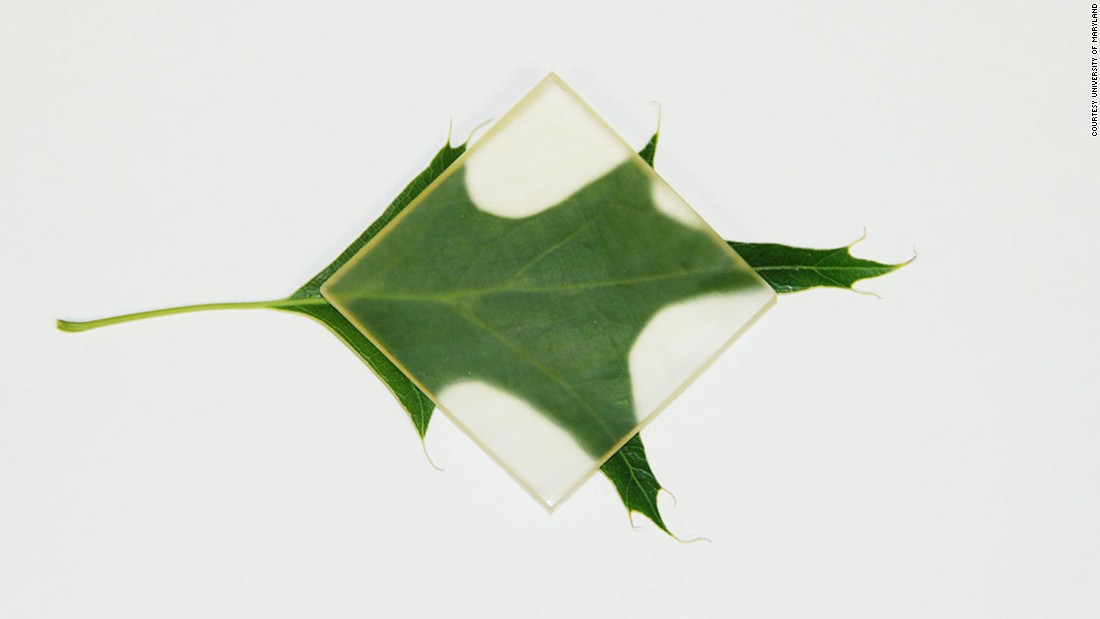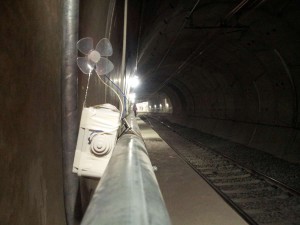In May 2017, we sat down with Gerald Frankel at the 231st ECS Meeting in New Orleans. Frankel is a technical editor of the Journal of The Electrochemical Society, corrosion expert, and open access advocate. Currently, he is a professor of materials science and engineering at The Ohio State University.
Since joining ECS, Jerry has served as chair of the Society’s Corrosion Division and was named ECS fellow in 2006. His research efforts focus on topics ranging from degradation of materials to atmospheric corrosion. In 2012, he was appointed by President Obama to the Nuclear Waste Technical Review Board.
Listen to the podcast and download this episode and others for free on Apple Podcasts, SoundCloud, Podbean, or our RSS Feed. You can also find us on Stitcher and Acast.


 Corrosion is a dangerous and extremely costly problem. Because of it, buildings and bridges can collapse, oil pipelines break, and water sources become contaminated. Currently, the global cost estimated to repair corrosive effects comes in around
Corrosion is a dangerous and extremely costly problem. Because of it, buildings and bridges can collapse, oil pipelines break, and water sources become contaminated. Currently, the global cost estimated to repair corrosive effects comes in around 
